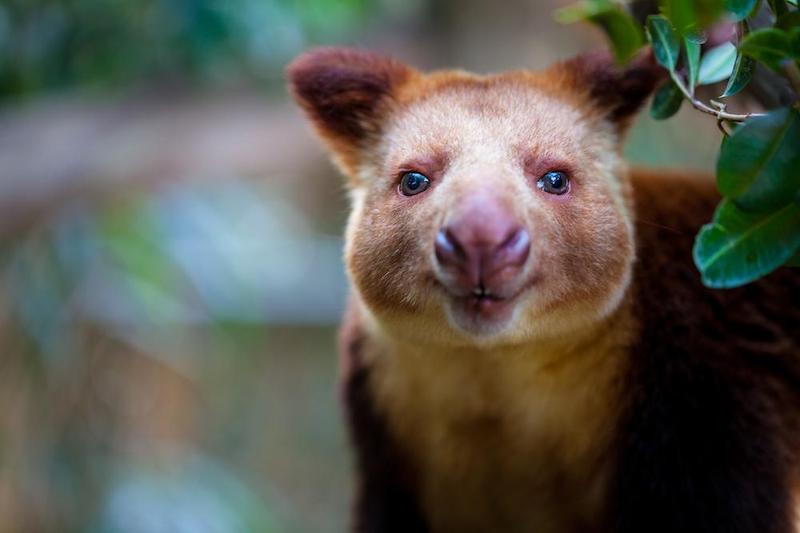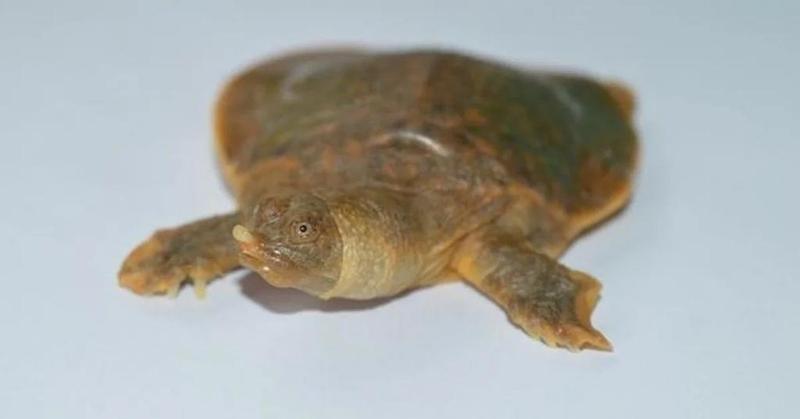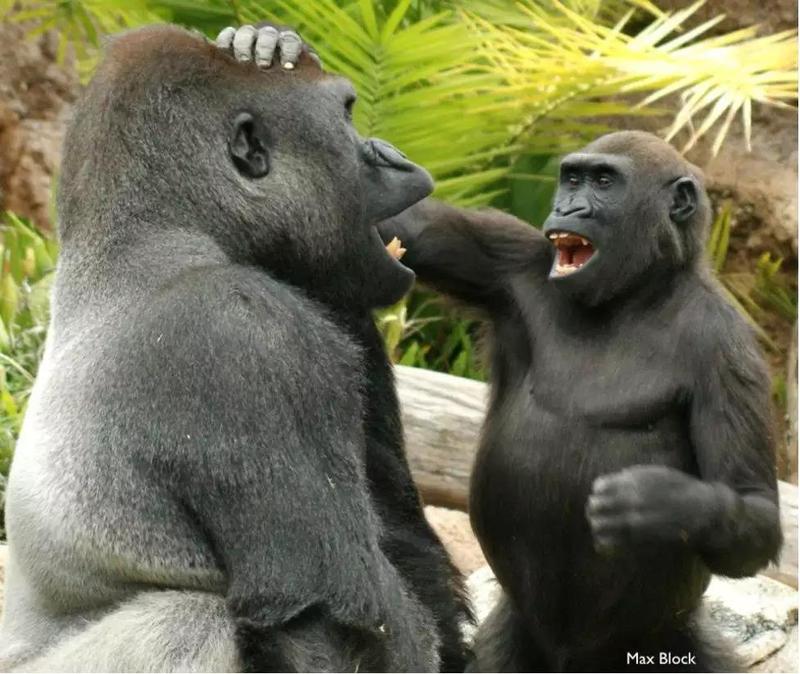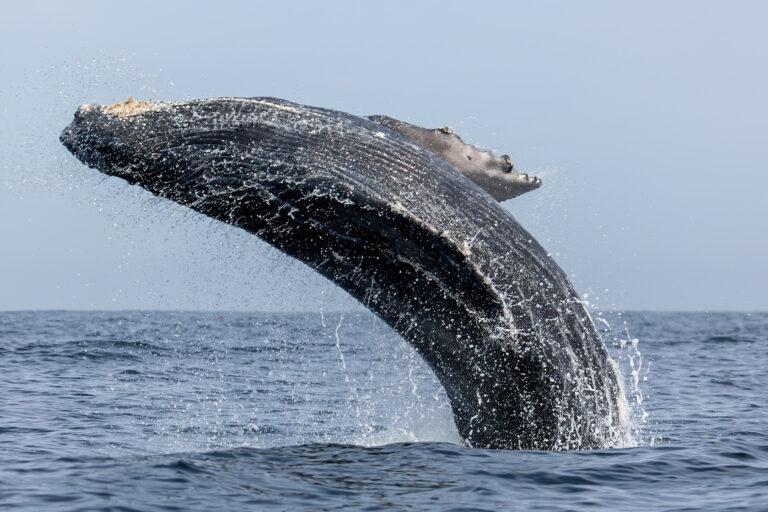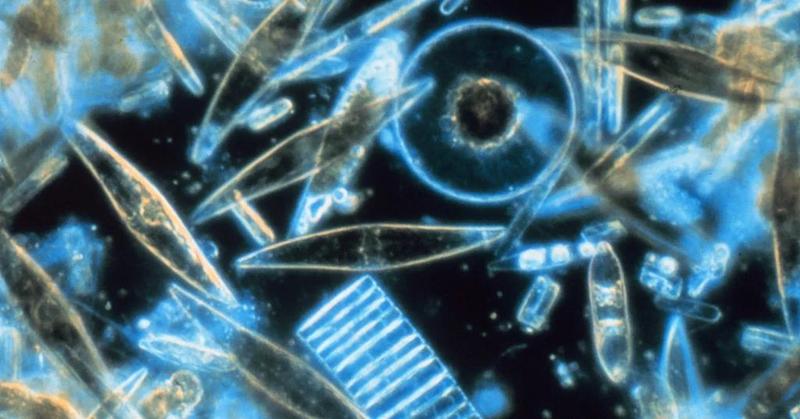
Diatoms: Storytellers of the past
When diatomist Karthick Balasubramanian visited the Inter-University Accelerator Centre, a research institute in Delhi, he serendipitously met archaeologist C R Gayathri, who too was at the centre with a few ancient pottery shards. They were at the centre to look back in time—biological and archaeological—for their respective research and got talking. Over the next six years, ideas bounced off each other resulting in the first-of-its-kind scientific study that uses diatoms from ancient pottery i

